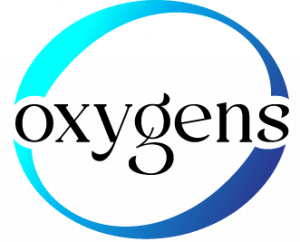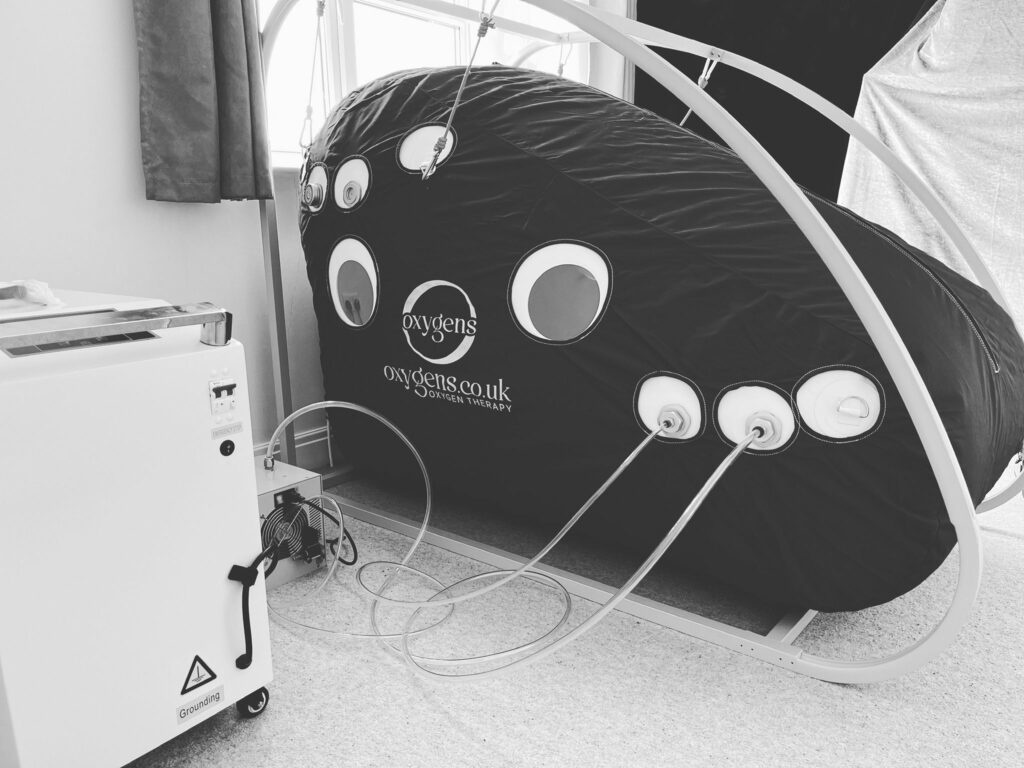NEW STUDY PUBLISHED BY NATURE:
Fibromyalgia syndrome (FMS) is a chronic condition characterized by widespread pain, fatigue, and cognitive disturbances. For individuals with a history of childhood sexual abuse (CSA), the impact can be even more severe, influencing both physical and emotional well-being. Traditional pharmacological treatments often fall short of providing comprehensive relief. However, a recent study has highlighted the potential of hyperbaric oxygen therapy (HBOT) as a superior alternative. This prospective, randomized, two-active-arms trial aimed to compare the effects of HBOT with standard medication treatment in young women with CSA-related FMS. The findings are groundbreaking, indicating that HBOT not only alleviates physical and emotional symptoms but also enhances daily functioning more effectively than medication.
Understanding the Neurobiological Impact of CSA
Childhood sexual abuse is a traumatic experience that can lead to long-lasting alterations in brain structure and function. These changes are particularly evident in the prefrontal cortex (PFC), anterior cingulate cortex, and limbic system, areas crucial for emotion regulation and cognitive function. Impaired connectivity between the amygdala, hippocampus, and frontal lobes is also common. These brain abnormalities make individuals more susceptible to psychopathologies, including FMS. Studies suggest that 20–50% of FMS patients have a history of sexual abuse, with a significantly higher risk compared to those without such a history.
Hyperbaric Oxygen Therapy: Mechanisms and Effects
HBOT involves breathing pure oxygen in a pressurized chamber, which increases oxygen levels in the body and promotes healing. This study used single-photon emission computed tomography (SPECT) imaging to assess brain perfusion activity before and after treatment. The results showed significant improvements in brain perfusion, particularly in the prefrontal and temporal regions. These areas are critical for emotion regulation and pain perception. The enhanced metabolism in these brain regions likely contributed to the observed improvements in emotional and physical symptoms.
Clinical Outcomes of HBOT
Participants in the HBOT group reported significant improvements in both physical and emotional symptoms compared to those receiving standard medication. Notably, the HBOT group experienced reductions in pain perception, PTSD symptoms, and depression intensity. These benefits were consistent with previous studies on FMS populations and veterans with combat-related PTSD, suggesting a broad applicability of HBOT for various trauma-related conditions.

Pain and Daily Functioning
Pain is a central component of FMS, and the study assessed it using symptom questionnaires and laboratory evaluations. HBOT showed marginally significant improvements in pain measures related to pressure and temperature. More importantly, participants reported enhanced daily functioning and reduced pain perception, indicating that HBOT might alter pain perception and its impact on daily life rather than merely addressing physical pain dimensions.
Safety and Tolerability
HBOT was generally well-tolerated, with the most common side effect being mild middle ear barotrauma, which resolved spontaneously. Some participants also reported resurfacing of previously inaccessible memories from childhood, occasionally causing emotional distress. However, this distress was typically alleviated during the course of HBOT with appropriate psychological support.
Limitations and Future Research
While the findings are promising, the study has several limitations. There is a lack of long-term assessment of HBOT effects, which is currently being addressed through a one-year longitudinal evaluation. The study also did not explore different HBOT protocols or continuously monitor biomarkers to determine the most effective treatment regimen. Additionally, a larger sample size is needed to identify which patients benefit the most from HBOT.
Conclusion
HBOT shows significant promise as a therapeutic intervention for individuals with CSA-related FMS. The therapy’s ability to improve emotional and physical symptoms, as well as daily functioning, surpasses that of current pharmacological treatments. These clinical improvements are closely linked to enhanced brain perfusion and metabolism. As further research continues to validate these findings, HBOT could become a mainstream treatment option for FMS patients, offering hope for those who have suffered the long-term effects of childhood trauma.
For a psychologist’s take on HBOT check out this link.

